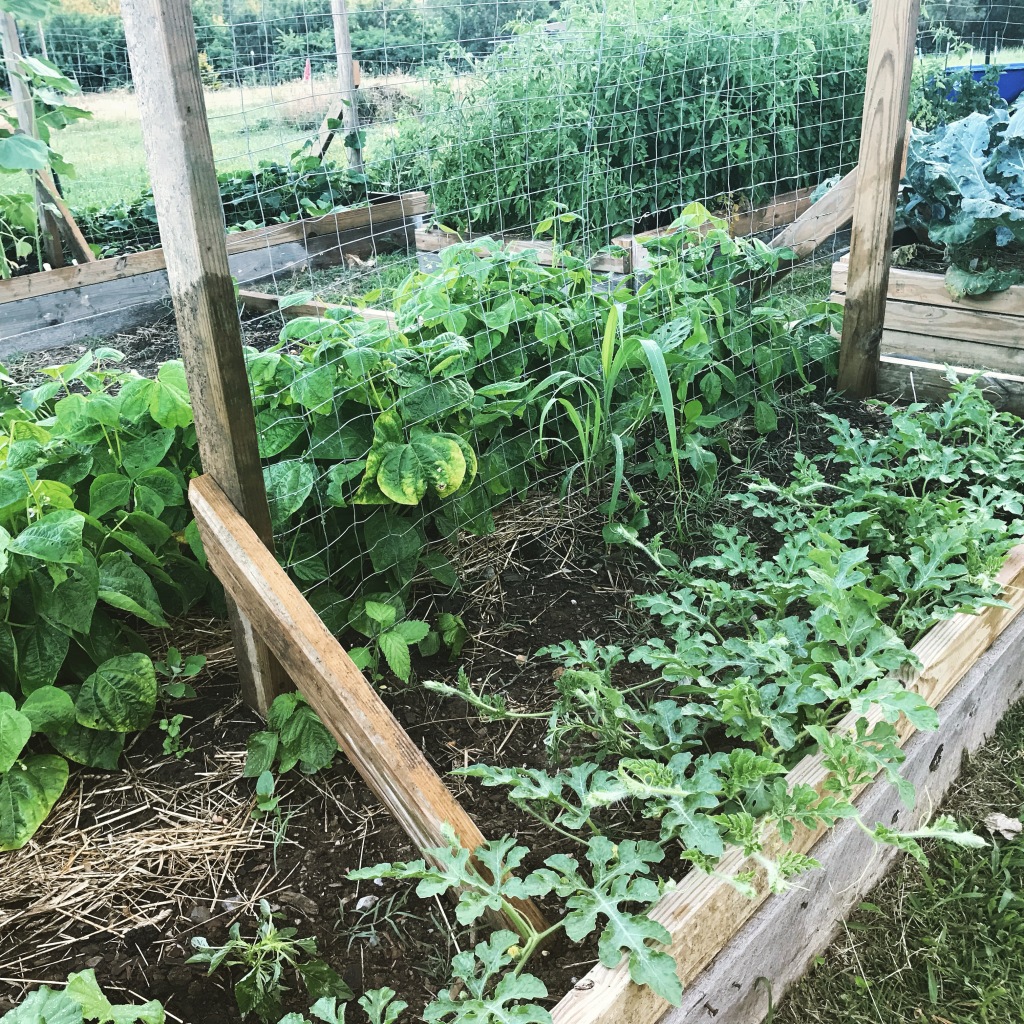As another gardening season comes to an end, it’s time to give some thought to what worked, what didn’t work, and what you will do or learn for next year.

If you’re like me, you are just over gardening! I’m a little tired of all of it. But, as a few weeks pass, I find I miss it just a little bit. It’s a perfect time to spend examining this year’s garden so we can improve next year’s garden.
What worked in your garden? Did you have an over-abundance of anything in particular? Will you plant less of that crop or will you do exactly the same? Now is the time to review everything you planted and examine the successes of each crop. Did you enjoy that new hybrid tomato plant? Did you plant too many cucumbers? Should you have planted more broccoli? If you logged your plantings back in the spring, it will be easier to examine these successes. If not, you’ll just have to try to remember what you did. (Let this be a small lesson that you probably need a gardening journal!)

What new plant do you want to add to your list of successes? Luffa, peanuts, sun flowers, unique peppers or tomatoes are always fun. Spend some time learning about a new crop and how to take care of it. Now is the time to order seeds for that item. Don’t wait until spring when the seed catalogues are out of stock.
Once you’ve patted yourself on the back for your successes, let’s examine the failures. Some failures are due to weather or temperature and there’s not much we can do about those. Mother Nature happens. But some fails are due to our actions or inactions. (This list is also our action plan for learning new skills.) If the failures weren’t due to temperature or weather, they probably have to do with poor management. Did you not stake a plant? Did you not address some pests you thought you saw earlier? Maybe you waited too long to harvest, or maybe you watered too much, or not enough.
Now that you have your list of failures, what do you need to do differently next year? Winter is the perfect time to learn what you need to learn!!
Look at your list of failures and see if there’s a pattern. Do you need help with watering? Learn how to install an irrigation system. Did you plant in planters and the soil stayed soggy? Drill more holes in the bottom of the planters. Do you need help with squash bugs or cucumber beetles? Now is the time to learn how to organically manage those pests. It may be something as simple as moving your squash to the other end of the garden. Did the rabbits eat half your garden? How do we keep those critters away? Other people do it. You can too!
That brings us to next year’s garden plan. If you’re not familiar with crop rotation, winter is the time to learn. What will you plant next year in last year’s tomato bed? It’s also the PERFECT time to get your soil health to its optimum. Learn about compost! Worm castings. Rabbit poo. Learn about no-til planting or different ways to plant like aquaponics, hay bales, raised beds. You may be inspired to try something new next year. Check out Google, take a class, buy a book, listen to a podcast, speak with other gardeners. There are many ways to learn.
Now that we’ve put the garden to bed, this is the perfect time for assessment, evaluation, planning, and learning. And, for goodness sake, write everything down so you don’t have to re-plan in the spring!
If you need this, it’s available at Amazon! Click on the book to check it out!
